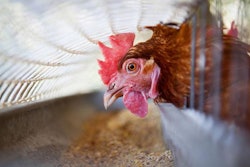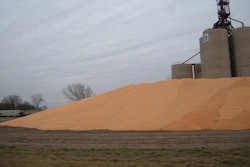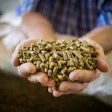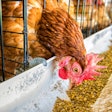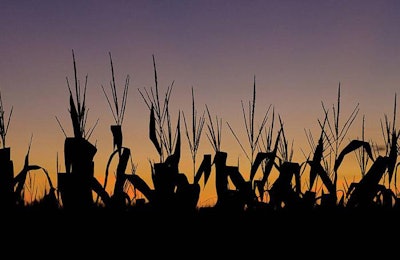
From WATTAgNet:
The past week brought us news about the future of feed, mycotoxins, andrographolides, daily calcium cycle in layer hens, ethoxyquin, Vietnam’s animal feed additives market, the global animal feed additive market, and the Veterinary Feed Directive.
FDA issues draft guidance on VFD common format
The U.S. Food and Drug Administration has issued draft guidance for industry (GFI #233) titled, ‘Veterinary Feed Directive Common Format Questions and Answers’ to provide animal drug sponsors who are seeking approval for use of their drug in or on animal feed as a veterinary feed directive (VFD) drug with a recommended common format for a fillable form — called a VFD — that can later be used by veterinarians to authorize the use of the sponsor’s drug in feed.
Animal feed additive market to grow 4.2 percent by 2020
According to a recent study from IndustryARC, the global animal feed additive market is estimated to grow at a CAGR of 4.2 percent and reach $27.2 billion by 2020. A new report, ‘Animal Feed Additive Market Analysis: By Type (Technological & Zoo technical feed additives, Nutritional Feed Additives, and Sensory Feed Additives), By Livestock (Swine, Poultry, Cattle, Aquaculture and Others) – With Forecast (2015 – 2020),’ is available.
Vietnam animal feed additives market worth $160.5M by 2022
Vietnam’s animal feed additives market is expected to reach $160.5 million by 2022.
#tbt: Ethoxyquin a way to control lipid rancidity
In 2014, Ioannis Mavromichalis discussed ethoxyquin as an antioxidant frequently added to sources of lipids and complete feeds that contain high levels of fats and oils.
Understanding daily calcium cycle in layer hens
Let us examine the daily balance of calcium intake and output in a layer hen. She is about 35 weeks of age, at the peak of her egg production cycle. Under most commercial situations, she is likely to consume about 100 grams of a feed containing 4 percent total calcium (and no more than 0.4 percent total phosphorus).
US corn mycotoxins show low risk to swine, poultry
Although Alltech’s mycotoxin outlook for 2015 corn crop showed mostly low risk to swine and poultry, mycotoxins can affect animal performance and health even at lower levels.
The effect of andrographolides on broiler liver function
When applying India’s traditional herbal applications to animal nutrition, this statement rings true: ‘a healthy seed produces healthy fruits.’ In other words, healthy animals produce healthy products. The challenge is how to apply this ancient expertise to today’s high-production animals.
Mycotoxins in corn silage threaten ruminant performance
Corn and corn silage samples from the 2015 harvest revealed moderate to high levels of multiple types of mycotoxins, according to Alltech’s 2015 North American Harvest Analysis webinar.
The future of feed: An industry in transition
The feed industry is critical to sustainable food production. New developments in feed additives, processing technology and animal nutrition continue to add to the productivity, efficiency, environmental sustainability and safety of feed production. However, with a rapidly growing population, a changing socioeconomic climate, increasing consumer demand and a continuous pursuit for greater efficiency, this $460 billion industry must continue to evolve.

